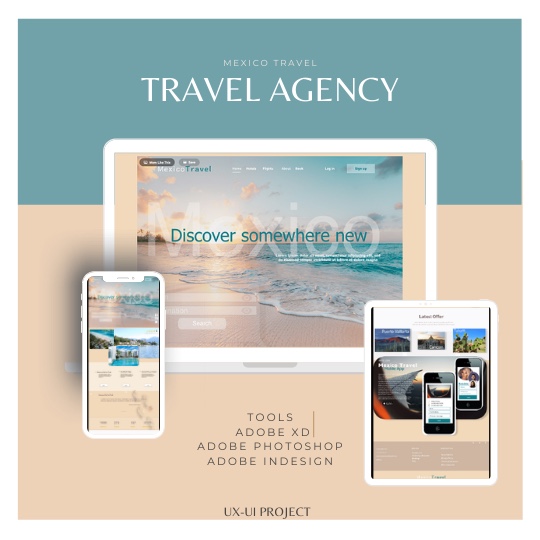Why visual design is important
Why visual design is important
Why visual design is important .You probably know that it only takes a few moments for people to form their own opinion about any object?
An example is a residential building, which catches our eye first?
Our attention will be drawn to the unique architecture. Beautiful finish. Modernity or historicity of the building. Will it arouse our admiration?
Of course, a lot depends on our taste. It is similar with websites on the web.
Sometimes it also happens that the first page arouses admiration and the following pages do not. Why?
Because when we focus more on the main page, we sometimes forget about the others.
Your website is no exception?
Website design is important ?
Usually the user is able to form an opinion on the page he opened within 0.5 seconds. Quickly true.
Whether he likes it or not, stay on the site or leave it depends on the first impression.
Research has been conducted to record users’ impressions after surfing the Internet. Reports were made and presented by google. In the first experiment, participants rated the visual appeal of websites displayed for 500 ms each.
In the second stage of the study, the website presentation time was reduced to 50 ms. During the experiment, both ratings strongly correlated with each other,
i.e. the viewer’s impression in the 50 ms limitation fully corresponded to the impression of the 500 ms show. Therefore, the attractiveness of a website can be judged in 50 ms,
which means that it takes a web designer this long to make a good first impression.
What does the first impression depend on, what the user pays attention to when opening the page.
page structure (layout), colours, indents, symmetry, amount of text, fonts and much more.
Why is the first impression important?
The user will have time to form an opinion about the site in as little as 17 ms at least the latest research by Google. However, this number does not apply to the key elements of the page, so let’s stop at 50 ms.
The main conclusions of this study are as follows.
Websites with low visual complexity and high prototyping were perceived as very attractive.
Summarising our today’s article.
UX and UI design play a very important role here.
The graphics of our website should be simple and easy to use. In accordance with established standards, for instance the shopping cart in the store should be in the upper right corner.
If you use modern, unconventional templates, you have less chance of being liked by others.
Eye tracking and key elements.
And yet why is the first impression so important? It takes only 2.6 seconds for the user’s eye to define the key area of a website, whether to stay or go.
The researchers tracked the eye movement of the subjects while browsing the Internet (eye tracking). The tracking data was then analyzed to determine how long it took for observers to focus on specific areas of the for instance page
menus, logos, pictures, social media icons, etc. Before moving to another section. It turned out that the better the first impression, the longer participants stayed on the site.
The sections that attracted the most attention were as follows:
– Logo.
Users spent approximately 6.48 seconds of attention in this area before continuing;
Main navigation menu.Moreover ,The subjects spent an average of 6.44 seconds browsing the menu;
Search box where users spent just over 6 seconds.
Main page image that grabbed users’ attention for an average of 5.94 seconds.
Text content – 5.59 seconds.
Footer – 5.25 seconds.
94% first impressions related to design.
British researchers analysed how various graphic factors and website content influence visitor trust. Research has clearly shown that the appearance of the website is the main driving force that creates the first impression.
Of all the responses received from test participants, 94% were about design (complex, oversaturated layout) :
Bad navigation.Annoying design, in particular: disgusting colour combinations, pop-ups, small font, too much text, not all users like reading long annotations on the pages) , prefer books or guides).
A small percentage of users (6%) commented on the actual content of the site. The visual appeal and good navigation of the website certainly had the greatest impact on the first impression.
At the same time, bad navigation design caused rejection and distrust the fastest: many of the participants in the experiment failed to navigate through the home page.
Similar results were obtained by experts from one University of England.
Half of the users estimated the accuracy of the information posted on the site based on its overall visual design, including layout, graphics, font size and colour scheme.

